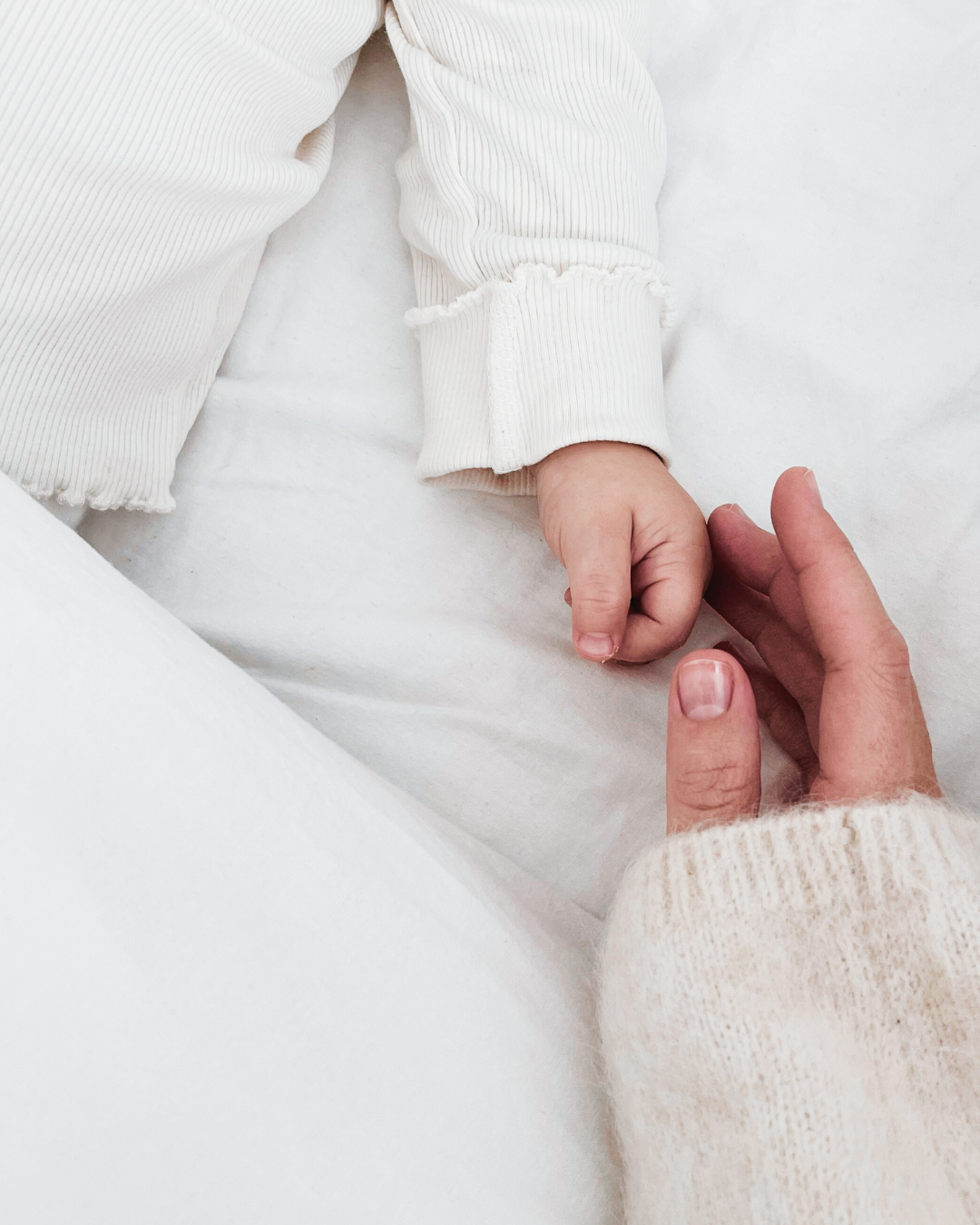Sleep Training Without Guilt: Navigating the Emotional Side of Sleep Coaching

Sleep Training Without Guilt: Navigating the Emotional Side of Sleep Coaching
A compassionate guide for tired parents facing pressure, shame, or online judgment
As a pediatric sleep consultant, I’ve seen firsthand how deeply emotional the decision to sleep train can be. Parents come to me exhausted, desperate for rest — yet also burdened with guilt. They’ve read the forums. They’ve been sent the unsolicited articles. Sometimes, they’ve even been told they're harming their child by simply trying to get a full night’s sleep.
Let’s be clear: wanting your child (and yourself) to sleep is not selfish. It’s not harmful. It’s human. And most importantly — it’s okay.
The Shame Spiral: Where Does It Come From?
There’s a lot of pressure on modern parents to do everything “perfectly.” Add in social media, parenting influencers, and endless advice, and suddenly sleep training becomes a moral debate instead of a personal decision.
Common guilt-inducing messages parents hear:
- “If your baby cries, they’ll think you’ve abandoned them.”
- “Your baby will sleep when they’re ready — you just need to be more patient.”
- “You chose to have kids — losing sleep is part of the deal.”
These statements are often well-meaning, but they’re not always rooted in science — and they certainly don’t take your unique child, circumstances, or mental health into account.
What the Research Actually Says
Modern, evidence-based sleep training methods — including gentle and responsive approaches — have been studied extensively. When done thoughtfully and with love, they do not harm a child’s emotional development or attachment to their caregiver.
In fact, many families report that once sleep improves:
- Bonding feels easier.
- Parents are more present and less reactive.
- Children are more content during the day.
Well-rested families function better. That’s not guilt-worthy. That’s essential.
Sleep Training ≠ Abandonment
One of the biggest misconceptions is that sleep training equals “crying it out” and leaving your baby alone, afraid, and ignored. That’s not the only way — and it's not the method most professionals recommend.
Sleep coaching can be:
- Gradual
- Responsive
- Comforting
- Aligned with your values
It’s not about ignoring your baby’s needs. It’s about helping them develop a skill — the ability to fall asleep independently — with your loving support.
You Don’t Owe the Internet an Explanation
One of the hardest parts of parenting today is doing it under a microscope. You post about sleep training, and suddenly everyone has an opinion. Even if you keep it private, the fear of judgment can creep in.
Here’s the truth: You don’t have to justify your decisions to strangers on the internet. You are the expert on your child. You get to choose what works best for your family.
Give Yourself Permission
If you’re thinking about sleep training, or already doing it, and feeling guilty — take a deep breath. Then try this reminder:
“I’m a good parent, doing my best. Supporting my child’s sleep is an act of love — not neglect.”
You’re allowed to want rest. You’re allowed to set boundaries. You’re allowed to feel confident in your parenting, even when others disagree.
You’re Not Alone
Whether you're in the thick of sleep training or just exploring your options, know this: you're not doing it wrong just because someone else wouldn’t do it your way.
If you need guidance, support, or just a non-judgmental ear — that’s what I’m here for. My blog is a safe, shame-free space for tired parents looking for real solutions and a little more peace.
Restful Baby Blog





